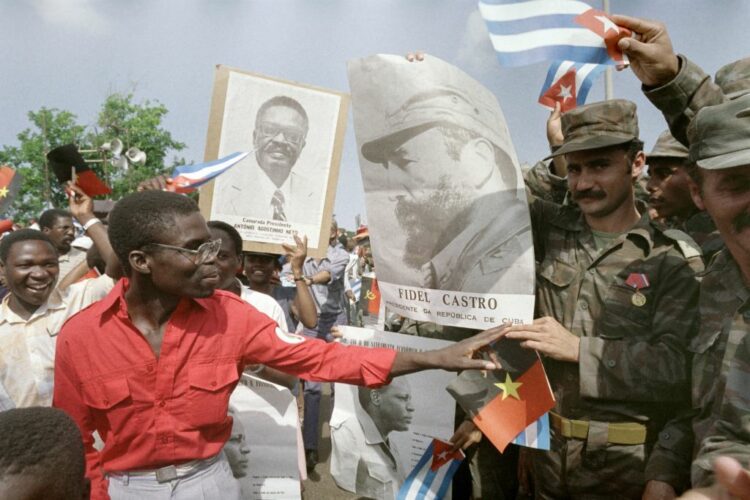Piero Gleijeses
It was very small. In 1960 and 1961, the Cubans decided to help the Algerian rebels. They felt kinship with the Algerian rebels because they were fighting against a regime supported by the United States. The Cuban Revolution was a war of liberation against Batista and the United States.
Cuba sent weapons to the Algerian rebels. Many Algerians were wounded, and children became orphans during the war. So they were sent to be educated in Cuba. With one ship, the Casablanca, there were these two dimensions of Cuban policy in Africa: military assistance — weapons for the guerrillas — and sending the children and the wounded to Cuba. These were the first steps.
Then, Cuba sent a medical mission to Algeria. The health minister of Cuba said that it was like helping another beggar. Cuba had lost a lot of doctors because half of them had fled to the United States. Yet they sent a medical mission to Algeria because there were worse things for Cuba, and Algeria really deserved it. When the medical mission arrived, there was a negative reaction from many, even Algerians, because the Cuban doctors worked for free. But the medical missions continued for decades.
Then, Cuba started to focus on sub-Saharan Africa. This was Cuba’s mistake. Initially, Cuba had a very small presence in sub-Saharan Africa. In 1964, the war in the Portuguese colonies — Angola, Guinea-Bissau, and Mozambique — began. There was also a revolt in the former Belgian Congo and what seemed to be a revolutionary government in Congo-Brazzaville. Fidel Castro decided to send a mission to Africa to assess the situation and see if Cuba could help.
Che went to sub-Saharan Africa, an area he didn’t know anything about. The people who went with him didn’t know anything about sub-Saharan Africa either. Che concluded that Africa was already experiencing a revolution and agreed on behalf of Fidel to send instructors to help guerrillas fighting against governments supported by the United States. At the time, it was the largest covert operation that Cuba had undertaken.
Che led a force of around 125 men into the former Belgian Congo-Brazzaville. There was a huge intelligence mistake. When they arrived, the revolt had already been defeated. For six months, there wasn’t much that Che or his guerrillas could do. Then, in November 1965, all Che could do was withdraw from the Congo. The revolt had lost, and Tanzania, the rear base of the revolt, was exposed to too many enemies. Cuba learned a very important lesson: you have to know what’s going on before you act.
After the Congo-Brazzaville operation and before the Angolan one, there were two more Cuban covert operations in Africa. One was in Guinea-Bissau, which had the strongest guerrilla movement in Africa. Until the Portuguese acknowledged the independence of Guinea-Bissau in 1974, Cuba gave the guerrillas military and humanitarian assistance.
Source link : https://jacobin.com/2022/05/cuba-castro-angola-namibia-us-soviet-union
Author :
Publish date : 2022-05-20 03:00:00
Copyright for syndicated content belongs to the linked Source.
